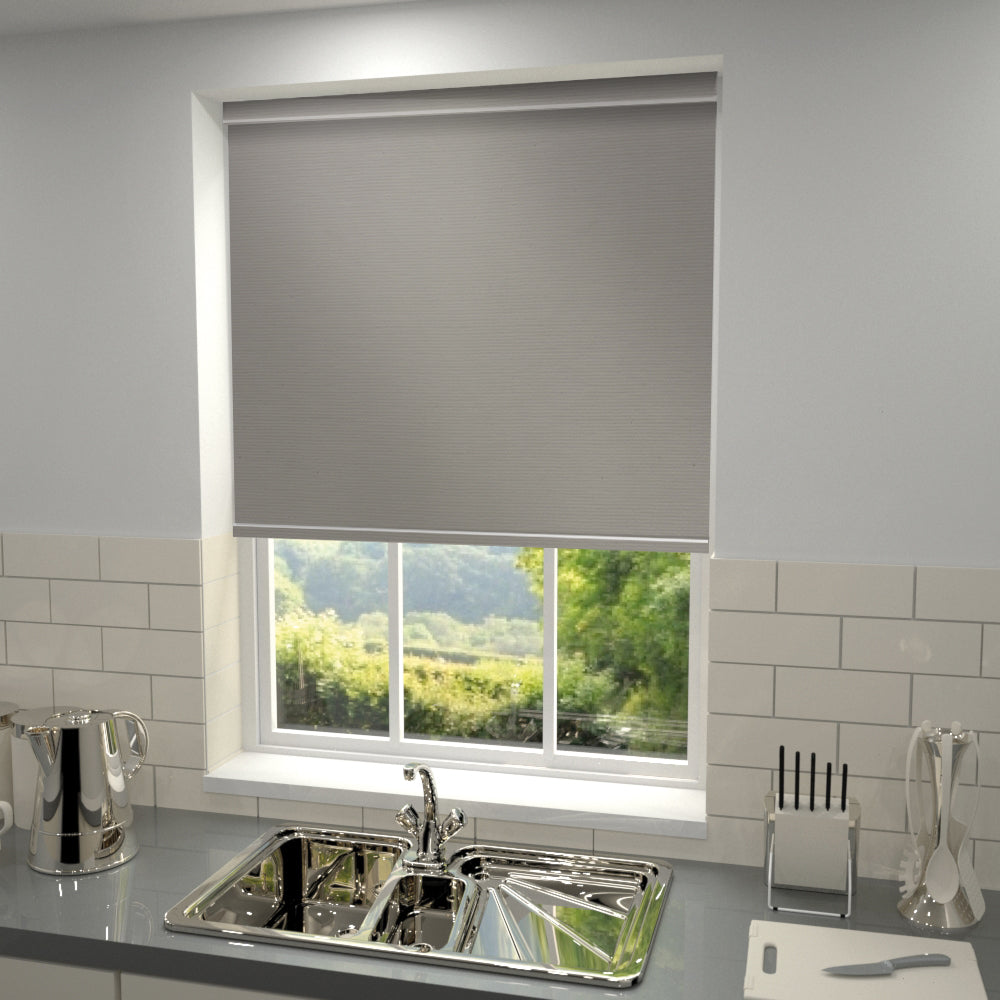
I have toddlers and I’m concerned about the health and safety issues with the cords on blinds, what can I do?
In the UK within the last 5-10 years legislation has really improved to ensure the latest blinds are much safer in regard to protecting young children and toddlers. There are now strict guidelines to ensure any loose cords and chains are secured and inaccessible to children, as well as a number of blinds that are actually cordless. Here is a video from the British Blind & Shutter Association (in partnership with the Make It Safe campaign) relating to blind safety:
Why are blind cords so dangerous?
The majority of blind related fatalities happen in the bedroom and affect children between 16 and 36 months old, with over half being around 23 months. At this age young children are particularly vulnerable because they are mobile (moving around freely) but their heads are not in proportion to the rest of their body yet. Add to this the fact their neck muscles are not fully developed, their windpipes are less rigid than an adults and they more vulnerable to choking and suffocation, then it is understandable why safety mechanism and guidelines have to to be adhered to.
Safety system types
In-built safety systems - these are built into the design of window blinds, and do not require additional fitting or installation. These include devices such as chain break connectors, which break under any excess pressure. This is a similar device as used on breakaway tassels on the bottom of blind cords. Other blind types also have adjustment poles rather than cords.
Separate safety systems - these are devices that are separate from the blind and need to be bought or installed in addition to a blind. In most cases these are used on old blinds to make them safety compliant, as new blinds need to adhere to safety standards without such devices. These include tension devices which ensure chains and cords are not hanging loosely, or accumulation devices which ensure the cord is out of the reach of children. If you are installing these devices yourself then ensure you following the instructions carefully.
Safety requirements and legislation
If you are having blinds professionally installed within your home then it is their responsibility to ensure blinds are safety compliment, this entails installing the latest blinds that adhere to safety restrictions or installing one of the safety devices mentioned above. However, if you are installing the blinds yourself then you need to ensure you follow all installation instructions carefully. Blind suppliers must now sell safety compliant blinds as standard but you still need to take care they are installed properly when carrying out this work yourself.
Additional safety suggestions
Here are some additional safety suggestions to further protect your children, by making it more difficult for them to reach window blinds:- Be vigilant when buying a second hand blind, or when buying a blind from sites such as Ebay or Gumtree. If the blind was originally made and sold before changes in legislation then you will need a safety device to ensure they won't be a risk to your children.
- Do not place a child cot, bed, travel cot or highchair near a window. Modern parents will already know that cots shouldn't be placed by a window or radiator, as your health visitor should already have made this clear to you. So this advice should still be fresh in your mind.
- You should also consider adult furniture, and ensure these are a safe distance from window blinds. Children love to climb so if a sofa or dining chair is too close to a blind then they will find a way to reach the cord and will therefore be at risk.
- Don't just tuck the cord behind the blind, as children are inquisitive and will get their fingers into anything. They will get their hand behind the blind and have full access to the cord within seconds.
- Cutting blind cords short isn't always the best solution either, as these can sometimes become knotted and still create a loop where children can become entangled. So rather than attempting to make cords safe yourself, opt for a safety devices. These have been tested and specifically designed to protect young children.
- Don't assume that your child is too old to become entangled in a blind cord. Children as old as 8 years old have had serious accidents when it comes to window blinds, so don't assume your children have outgrown the risk. You still need be vigilant.
- In relation to choking and suffocation there is a number of health risks you should also protect against, as well as blind cords. These include cords on any soft toys, cords on baby mobiles and drawstrings on baby changing bags. In addition nappy bags can be a choking hazard if inhaled by a young child, so when changing your baby ensure these are a safe distance from their head.












